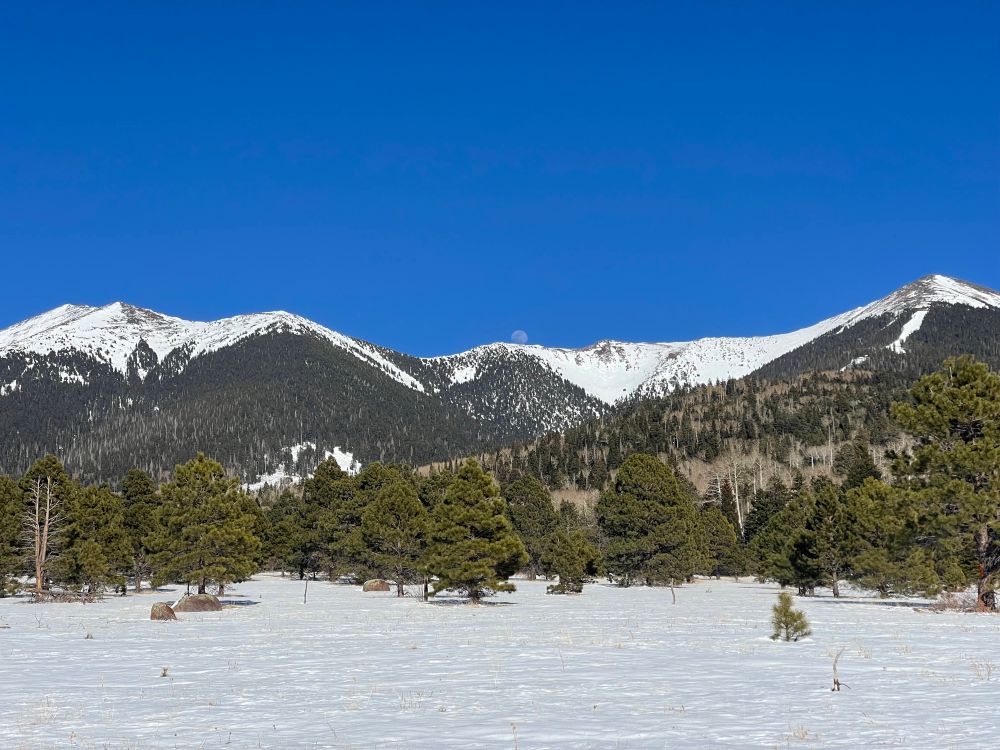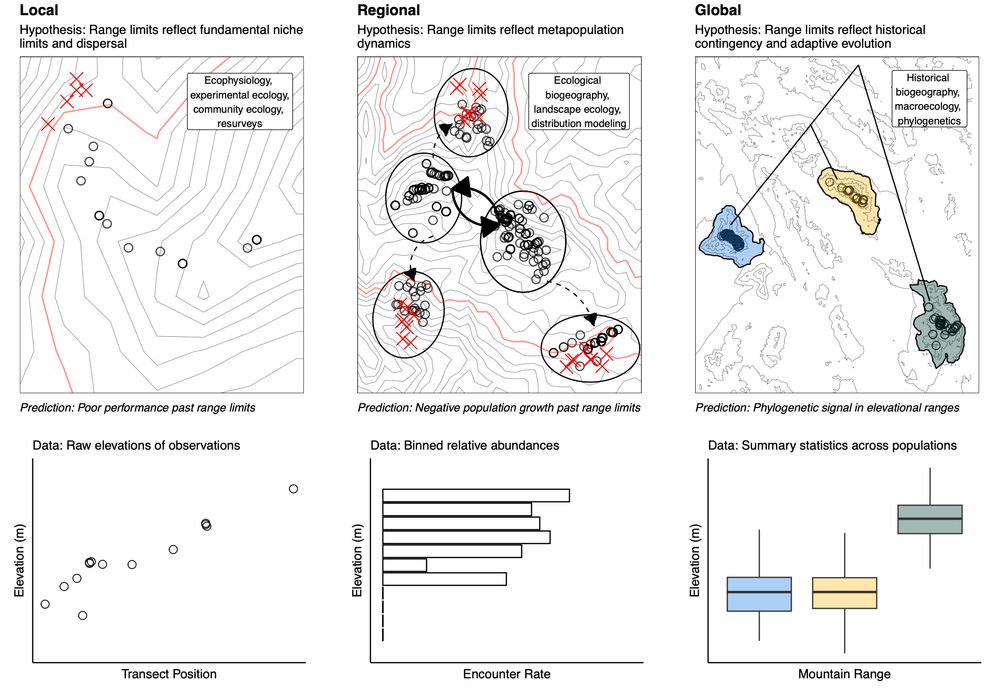E. Anne Chambers
@chamberea.bsky.social
660 followers
230 following
13 posts
Incoming Assistant Professor at Northern Arizona University. Phylogenetics, conservation & landscape genomics, and species delimitation. she/her
eannechambers.wordpress.com
Posts
Media
Videos
Starter Packs
Pinned
Reposted by E. Anne Chambers
E. Anne Chambers
@chamberea.bsky.social
· Jul 17
Reposted by E. Anne Chambers
Ethan Linck
@elinck.bsky.social
· Jul 7
Reposted by E. Anne Chambers
Reposted by E. Anne Chambers
E. Anne Chambers
@chamberea.bsky.social
· Oct 27
Reposted by E. Anne Chambers
E. Anne Chambers
@chamberea.bsky.social
· Oct 27
Individual‐based landscape genomics for conservation: An analysis pipeline
Molecular Ecology Resources is a broad journal publishing computer programs, statistical & molecular advances & more for studies in evolution, ecology & conservation.
onlinelibrary.wiley.com















